
Today in Labor History February 6, 1694: The Brazilian authorities captured Dandara, warrior queen of the runaway slaves in Quilombo dos Palmares. She committed suicide to avoid being forced back into slavery. Quilombo dos Palmares was a community of Afro-Brazilian people who freed themselves from enslavement. The community survived for nearly 90 years, before the government finally suppressed it in 1694. Members of the community would raid plantations, slaughter the owners and free the slaves to come join them in Palmares. They used guerilla warfare, using weapons obtained from Portuguese traders and, possibly, capoeira. After being arrested on February 6, 1694, she committed suicide, refusing to return to a life of slavery.
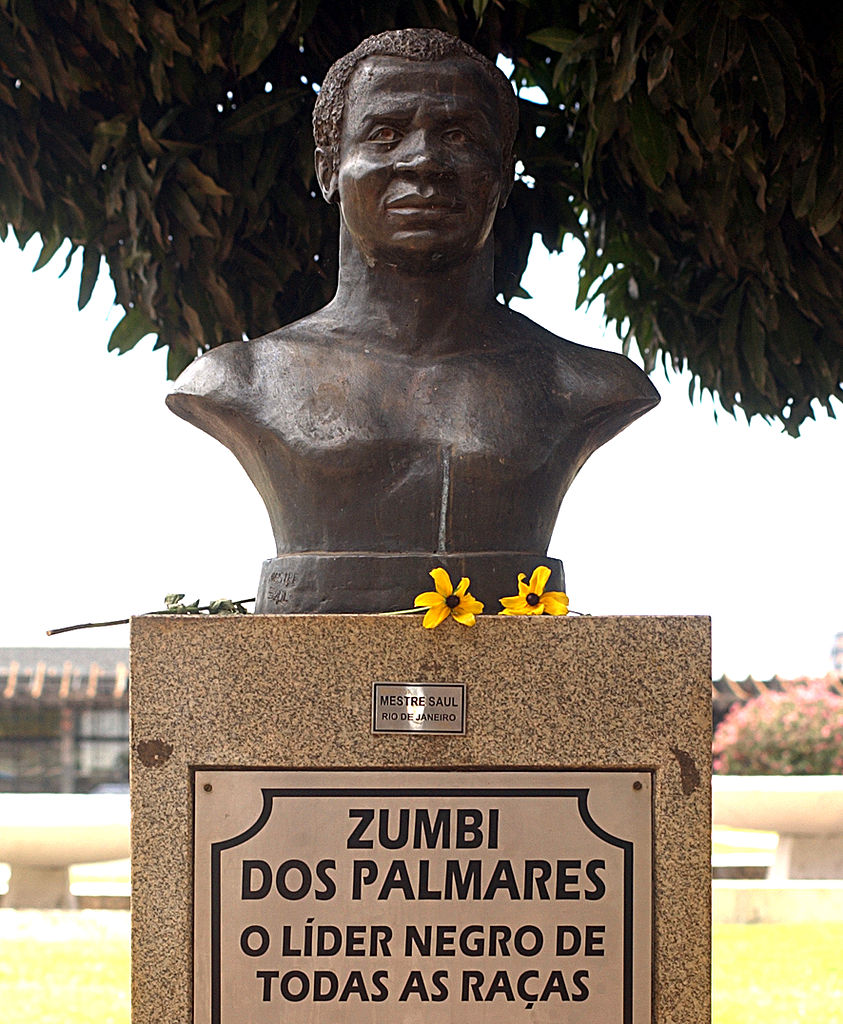
As a young girl, Dandara joined a group of Afro-Brazilians to fight against slavery in Brazil. As an adult, she helped create military strategies to protect Palmares. She played an important role in making her husband, Zumbi dos Palmares, cut ties with his uncle Ganga-Zumba, who was the first big chief of Quilombo dos Palmares. In 1678, Ganga-Zumba signed a peace treaty with the government. All those born in Palmares were to be free and given permission to engage in commerce. However, in exchange, they had to stop giving refuge to runaway slaves and collaborate with the Portuguese authorities in arresting runaways. Dandara and Zumbi opposed the deal because it did not end slavery and made Palmares complicit in its perpetuation.
The story of Zumbi, Dandara and the Quilombo do Palmares is depicted in the truly superb 1984 film “Quilombo,” directed by Carlos Diegues, with music by Gilberto Gil.
1910s
Today in Labor History February 6, 1910: Philadelphia shirtwaist makers voted to accept an arbitration offer and end their strike.
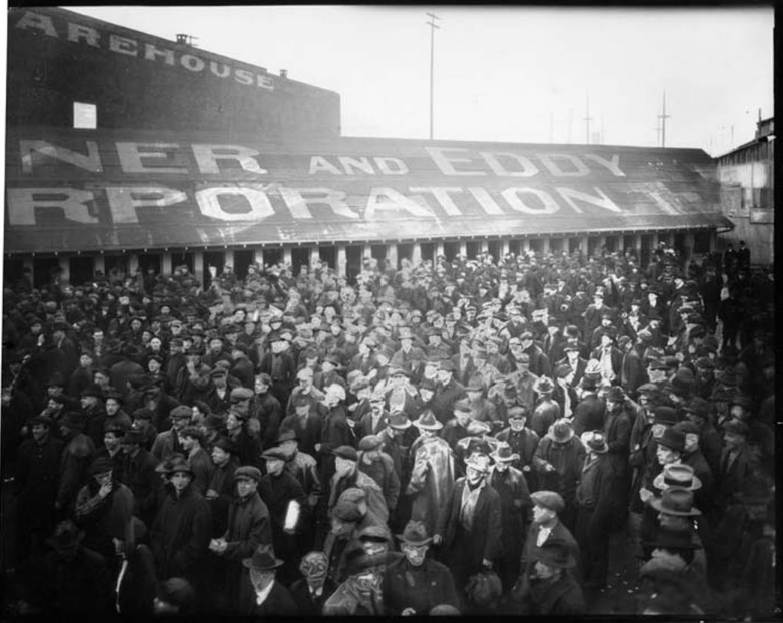
Today in Labor History February 6, 1919: The Seattle General Strike began. 65,000 workers participated. Longshoremen, trolley operators and bartenders also participated. The strike began in response to government sanctioned wage cuts. Both the AF of L and the IWW participated. During the strike, the workers formed councils, which took over virtually all major city services, including food distribution and security. They also continued garbage collection. Laundry workers continued to handle hospital laundry. And firefighters remained on duty. They established a system of food distribution, which provided 30,000 meals each day. Any exemption to the work stoppage had to be ok’d by the General Strike Committee.
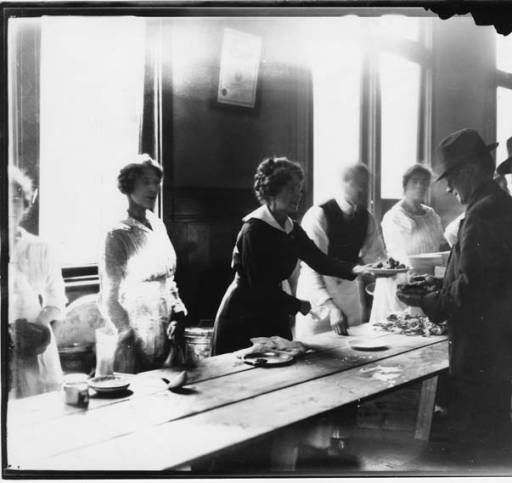
Army veterans created an independent police force to maintain order. The Labor War Veteran’s Guard prohibited the use of force and didn’t carry weapons. The regular police made no arrests in any actions related to the strike. Overall, arrests dropped to less than half their normal number. The strike ultimately ended as a result of bureaucratic labor union intervention.
1950s
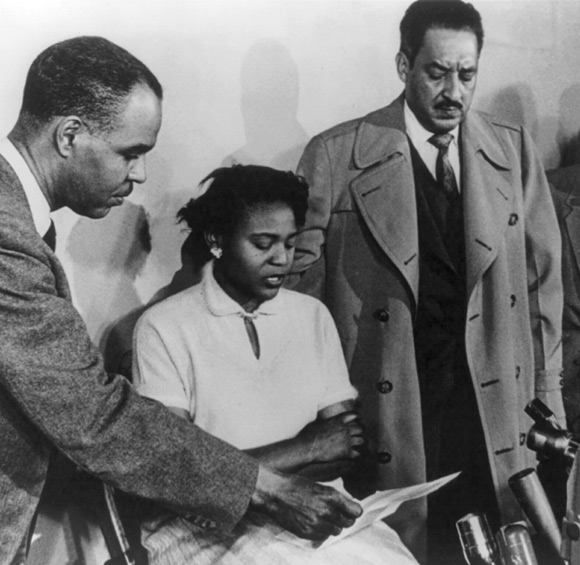
Today in Labor History February 6, 1956: White students rioted at the University of Alabama against court-ordered admission of first black student, Lucy Autherine. After Brown v the Board of Education, the University of Alabama was forced to accept African American students. Even though they let Lucy attend classes, they still barred her from all dormitories and dining halls. Lucy attended her first class on Friday, February 3, 1956. On Monday, February 6, 1956, riots broke out on the campus. A mob of more than a thousand men pelted the car in which the Dean of Women drove Lucy between classes. They threatened her life and stoned the University president’s home. Afterward, the University suspended her from school “for her own safety.”
1970s
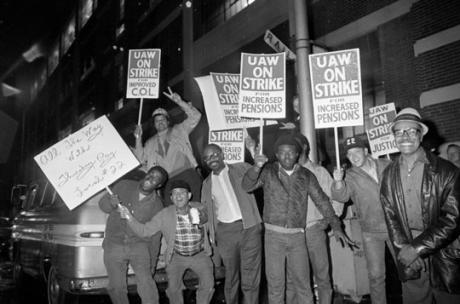
Today in Labor History February 6, 1970: After 136 days on strike, Fisher Body workers ratified a new agreement. It was part of the 1970 General Motors strike. Initially, the strike was supported by both GM management and the United Auto Workers union management, in collaboration. They hoped it would whittle down members’ expectations and demands. It almost backfired, as rank and file members refused to go along with the program. However, in the end UAW bosses made backroom deals with GM management, ending the strike.
Pingback: Today in Labor History February 11 - Michael Dunn